There were rumors that the next version of Android may block system write access making root pretty much useless, however the Android L developer preview that released for Nexus 5 and Nexus 7 2013 yesterday shows no such implementations, but there’s a minor change in rooting script though.
The SuperSU app which we have been successfully using to root our bootloader unlocked devices for a long time now, requires some minor changes to be able to root Android L. Chainfire, the developer of SuperSU app posted a tweet explaining this:
Fix SuperSU on L: copy /system/etc/install-recovery,sh to /system/bin/install-recovery.sh from recovery. Can’t update the ZIP from abroad…
— Chainfire XDA (@ChainfireXDA) June 27, 2014
We made the changes suggested by Chainfire into a new flashable .zip file, and it installs fine now. You can grab the modified “SuperSU-v2.00 for Android L.zip” file from the downloads section below and flash it via a custom recovery.
ROOT PACKAGE INFO
| Name | SuperSU |
| Warranty | Voids Warranty. |
| Stability | Stable Without Any Issues |
| Root Manager App | SuperSU. It manages root permissions for apps on the device. |
| Credits | Chainfire |
WARNING!
Warranty may be void of your device if you follow the procedures given on this page.
You only are responsible for your device. We won’t be liable if any damage occurs to your device and/or its components.
GUIDE: ROOT ANDROID L WITH SuperSU APP
Before you begin with guide instructions below, make sure your android device is adequately charged — at least 50% battery of the device.
STEP 1: BACKUP YOUR DEVICE
Back up important data and stuff before you start playing around here as there are chances you might lose your apps and app-data (app settings, game progress, etc.), and in rare case, files on the internal memory, too.
For help on Backup and Restore, check out our exclusive page on that linked right below.
► ANDROID BACK UP AND RESTORE GUIDE: APPS AND TIPS
STEP 2: INSTALL THE LATEST CWM/TWRP RECOVERY
We’ll be flashing the SuperSU root manager app to your device using a custom recovery, so make sure you’ve a working installation of either CWM or TWRP recovery on your device.
Nexus 5: CWM Recovery | TWRP Recovery
Nexus 7 2013: CWM Recovery | TWRP Recovery
STEP 3: INSTALLATION INSTRUCTIONS
DOWNLOADS
Download the file given below and transfer it to a separate folder on your phone and remember the location.
SuperSU FILE
DOWNLOAD LINK (Size: 1.14 MB)
BOOT FILE [UPDATE: Should fix binary issues]
Thanks to XDA member savoca for the boot images, here’s the link to his original post →
Be sure to transfer both the SuperSU file and BOOT file you downloaded above to your device and remember the location of the files.
You will need to flash the files now on your device using either of ClockworkMod (CWM) or TWRP recovery.
We’ve got separate guide for CWM and TWRP recovery, so use the guide relevant to the recovery you have installed on your device.
GUIDE FOR CWM RECOVERY USERS
Example video: If you haven’t used CWM recovery before to install a .zip file of a ROM or anything else, then we suggest you first watch a video of that to get familiar with the process. Click here to watch the video
- Boot into recovery mode. If you’re rooted, the easiest way to boot into recovery mode would be using the QuickBoot app. If not rooted, then follow the instructions below:
- Power off your device
- Press the Volume Down + Power button together until the device shows START written with an arrow around it
- Press Volume Down two times until it shows recovery option
- Now press the Volume Up key to enter recovery mode
- Create a Nandroid Backup from recovery. It’s optional but very important to do, so that in case something goes wrong you can restore to current status easily. For making a Nandroid Backup, go to Backup And Restore » Backup.
- Install the ROOT file:
- Now in a similar way, install the BOOT file on your device.
- Reboot your device. For this, go back to the main menu of recovery and select reboot system now.
That’s all. Your phone will now reboot and it will take some time as it’ll be phone’s first boot after installing the root, be extremely excited for this!
GUIDE FOR TWRP RECOVERY USERS
- Boot into recovery mode. If you’re rooted, the easiest way to boot into recovery mode would be using the QuickBoot app. If not rooted, then follow the instructions below:
- Power off your device
- Press the Volume Down + Power button together until the device shows START written with an arrow around it
- Press Volume Down two times until it shows recovery option
- Now press the Volume Up key to enter recovery mode
- Create a Nandroid Backup from recovery. It’s optional but very important to do, so that in case something goes wrong you can restore to current status easily. For making a Nandroid Backup, go to Backup » and select all check boxes and swipe on the Swipe to confirm option at the bottom of the screen to confirm backup.
- Install the SuperSU file:
- Now in a similar way, install the BOOT file on your device.
- Reboot your device. Go back to the main menu of recovery and tap on Reboot » then, tap on System to reboot your phone.
That’s all. Your phone will now reboot and it will take some time as it’ll be phone’s first boot after installing the root, be extremely excited for this!
FEEDBACK US!
It was easy to root Android L developer preview on your Nexus 5 and Nexus 7 2013, right? Let us know what you plan to do now with root access on the shiny new Android L dev release.
Your suggestions and queries, if any, are most welcomed!
UPDATE
Some apps like Titanium backup and Helium may not work, this is to be fixed by the developers with new security context, you can read more about it here.



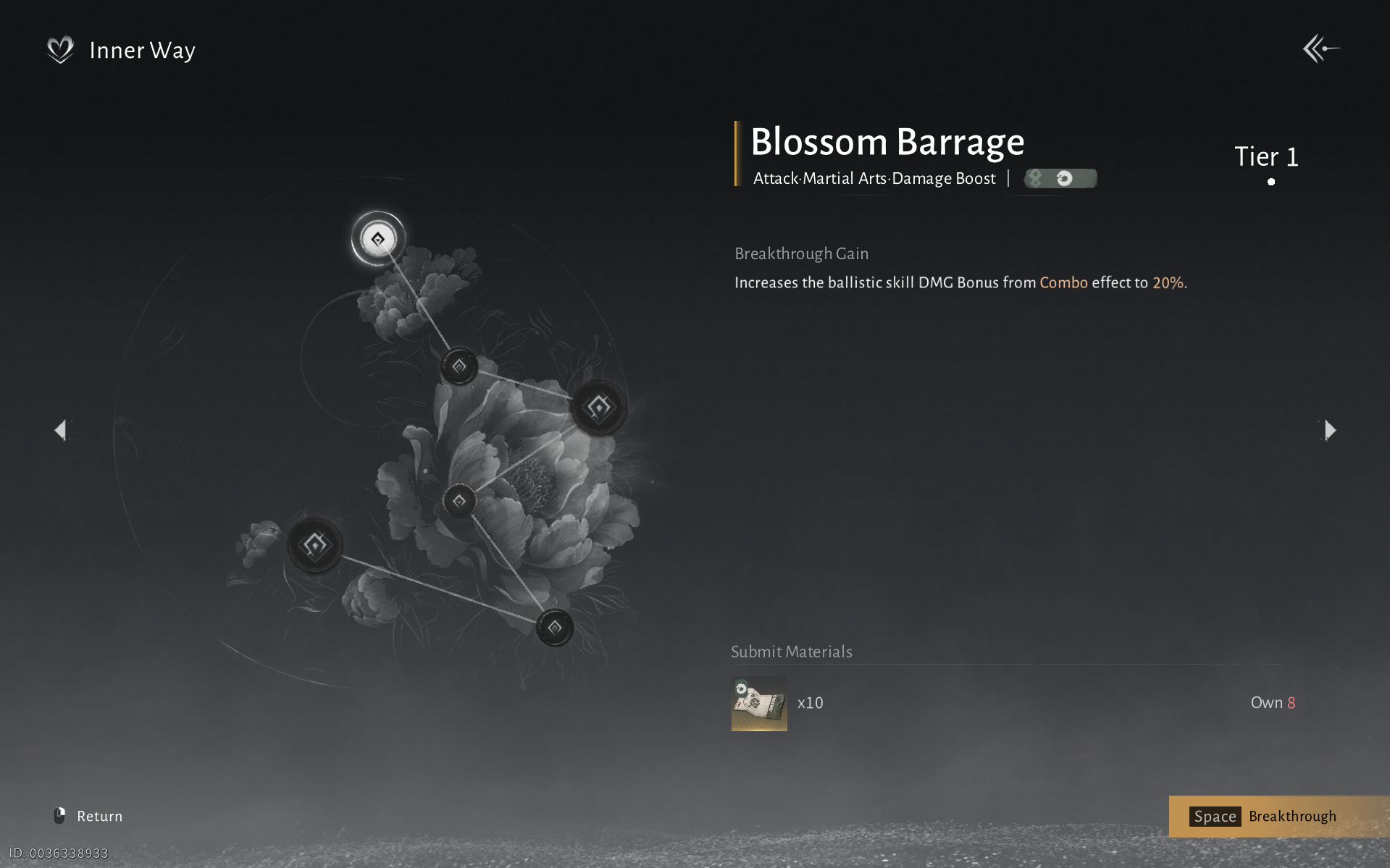

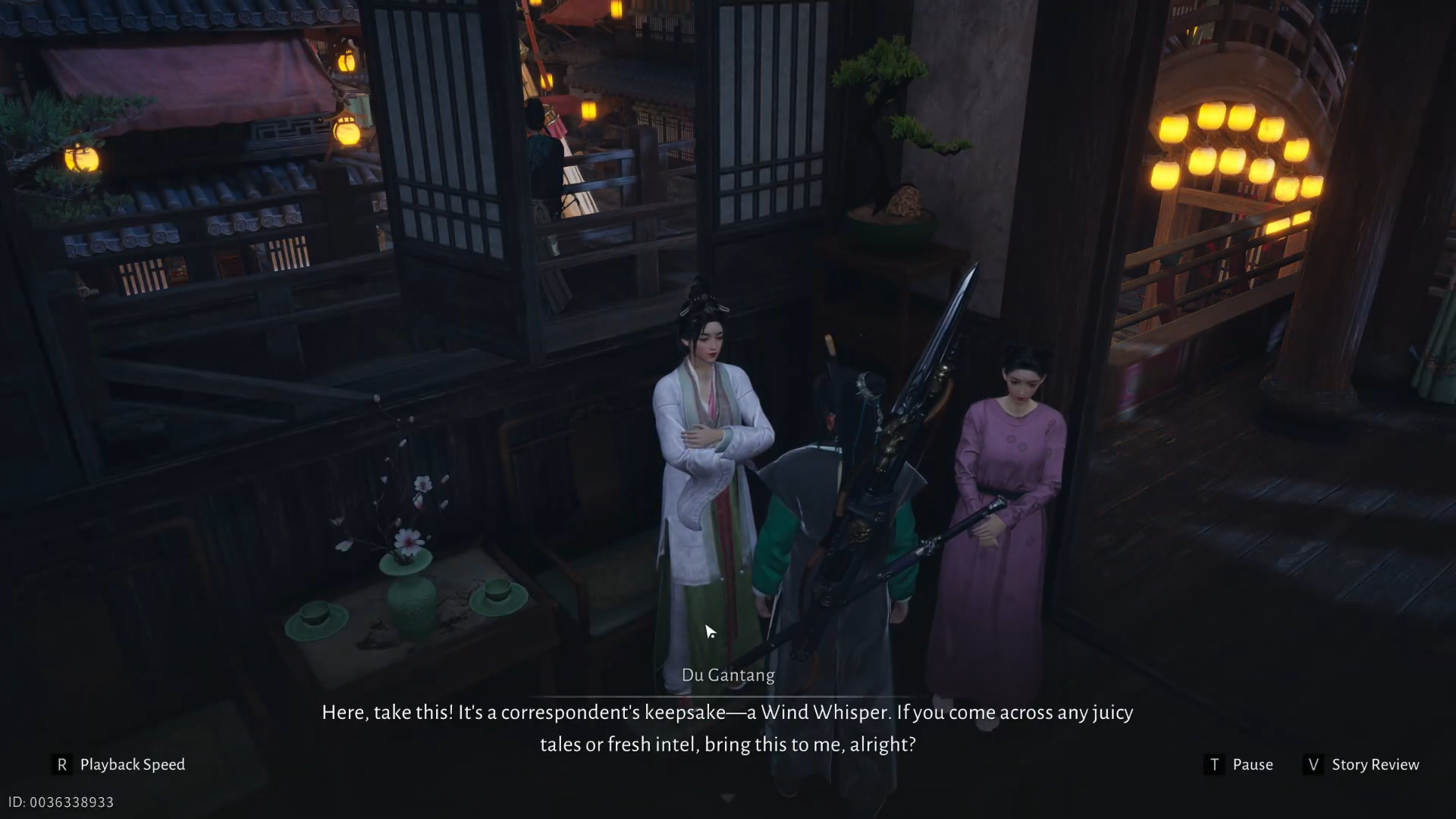
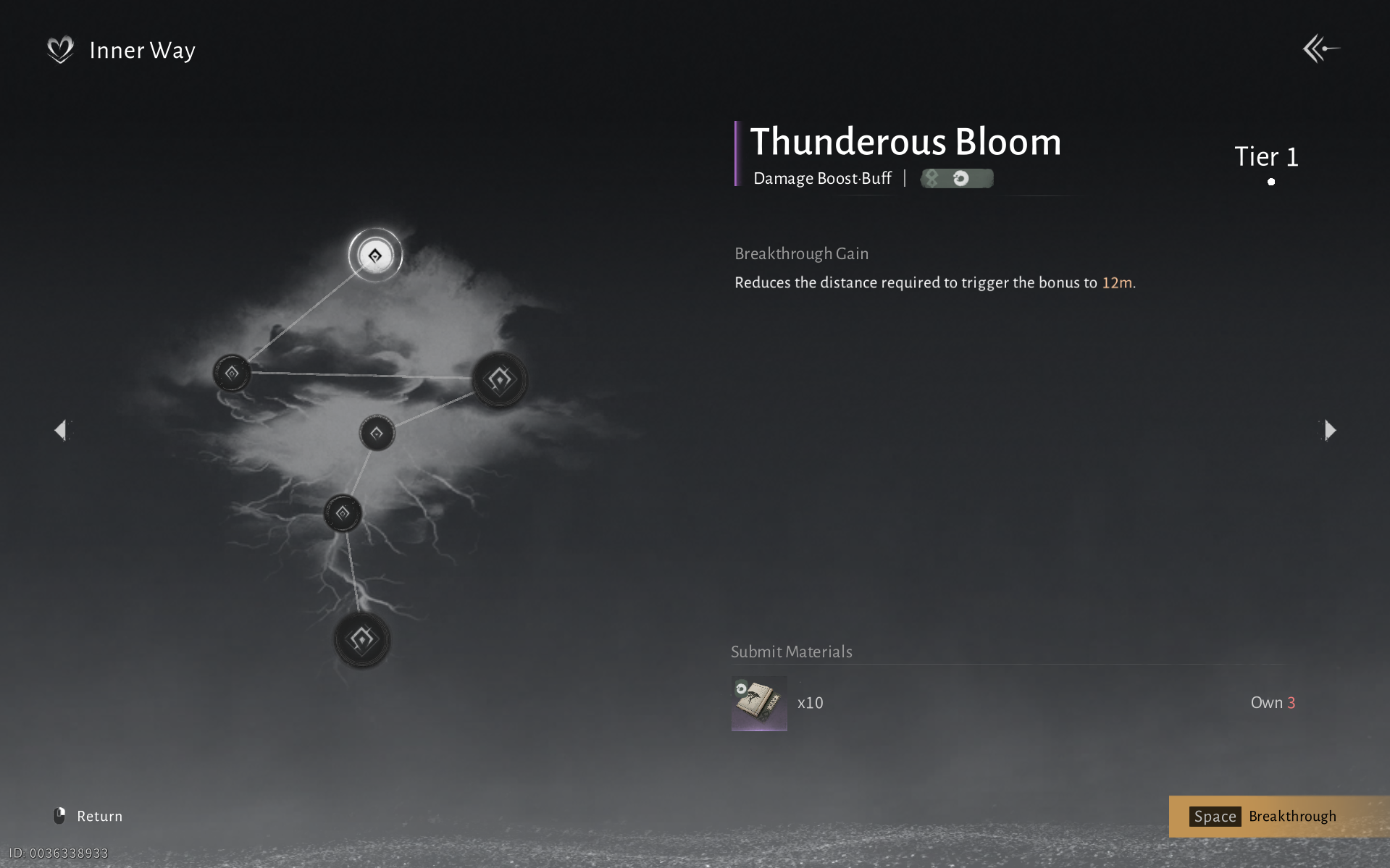
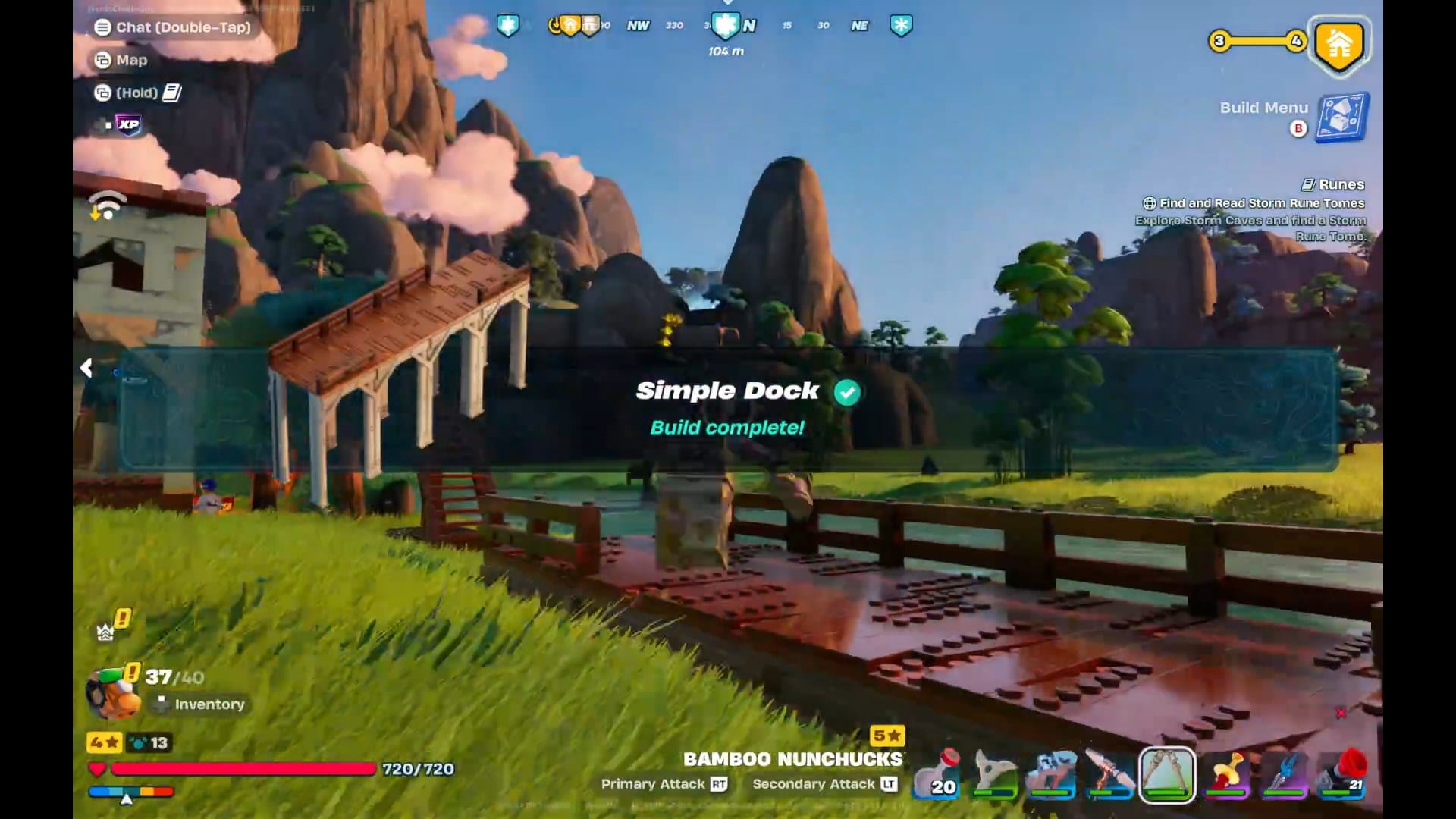
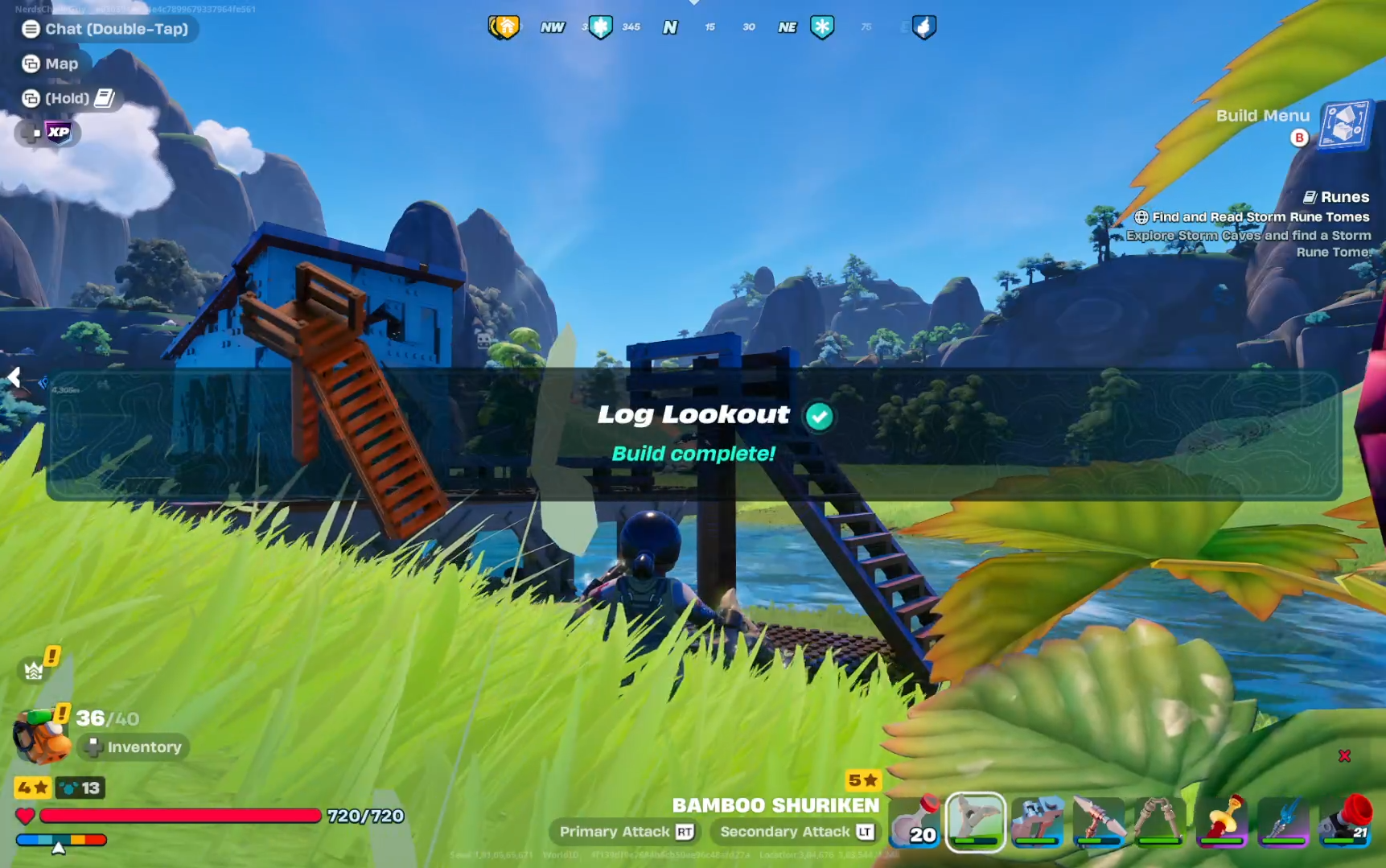
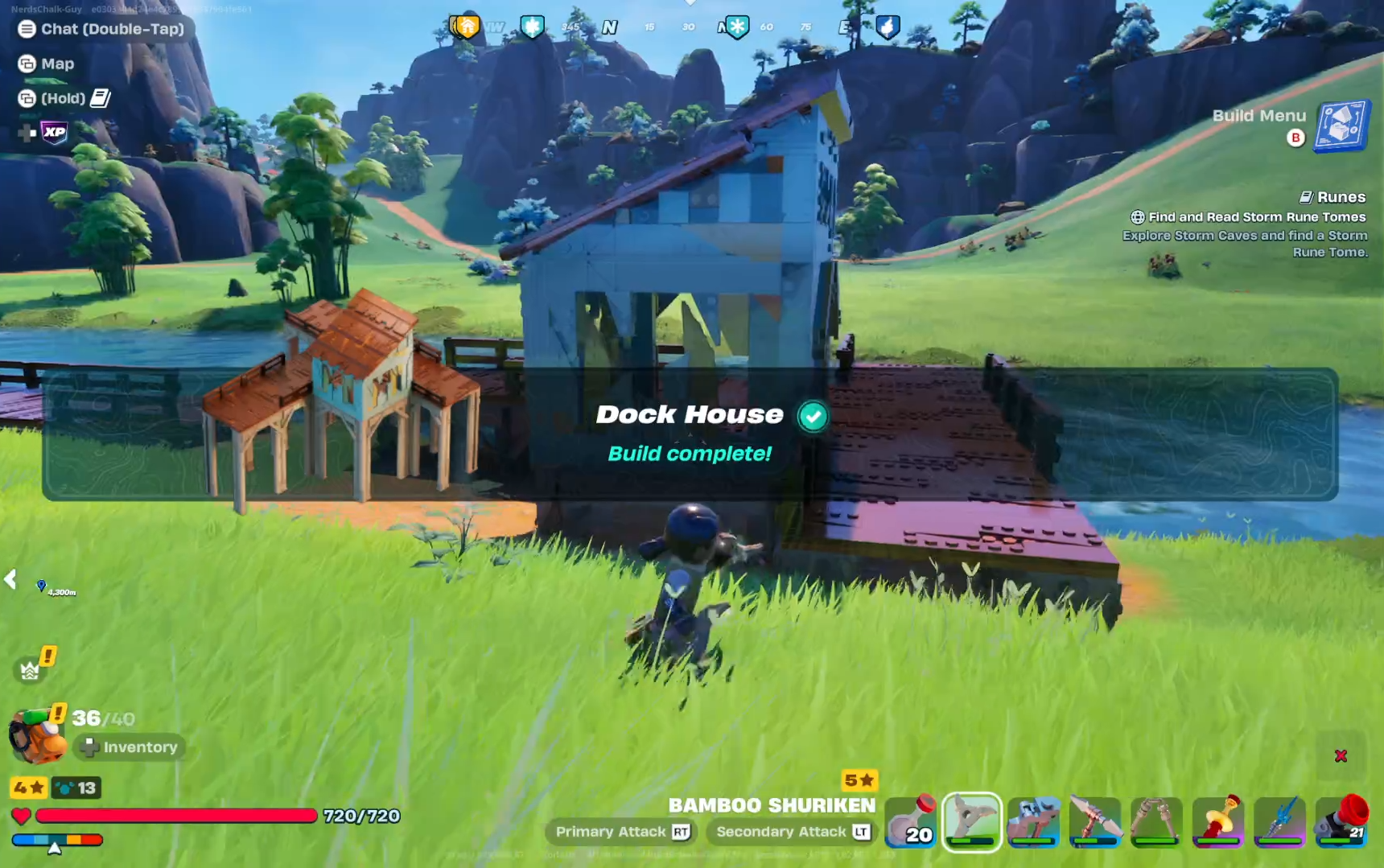
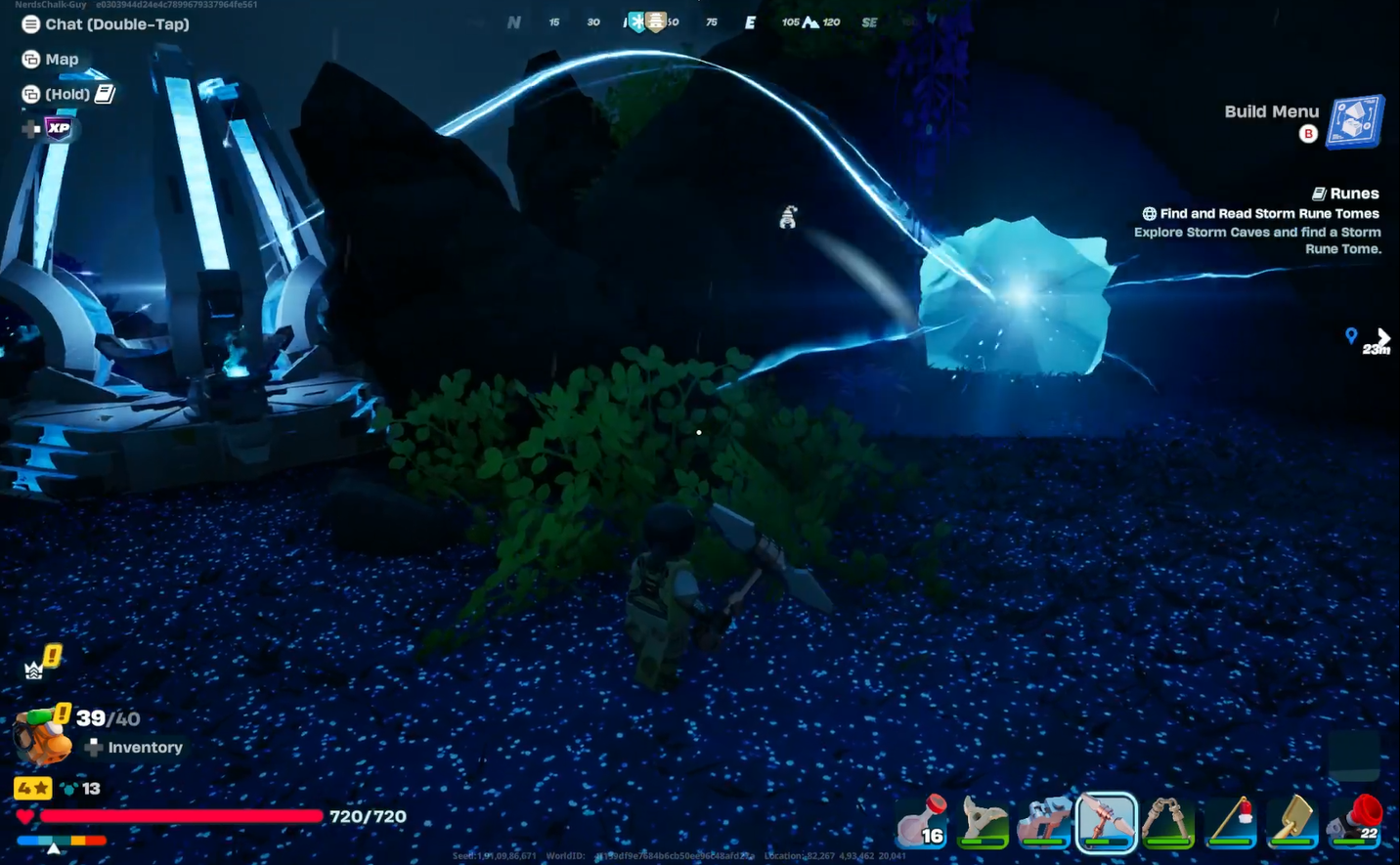

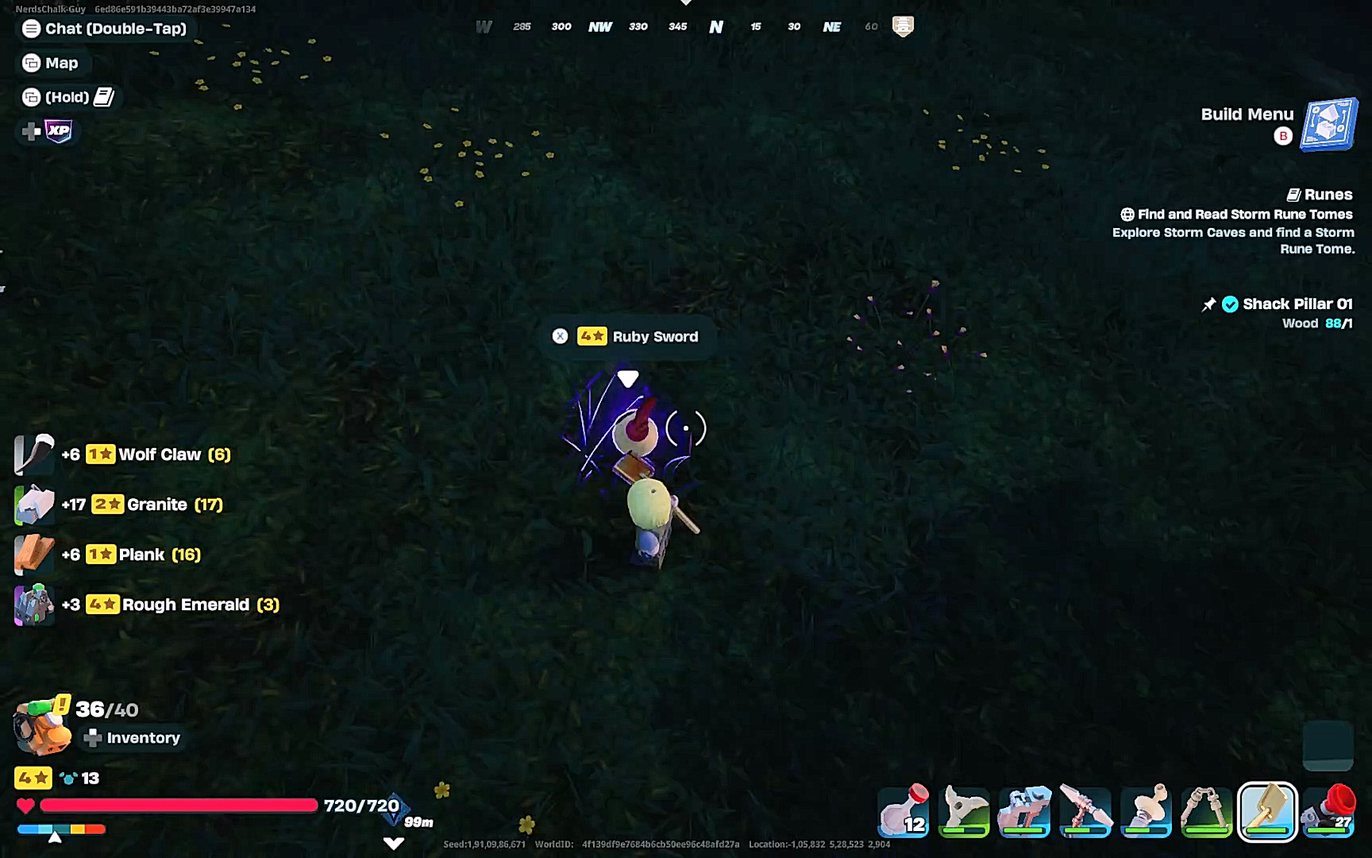
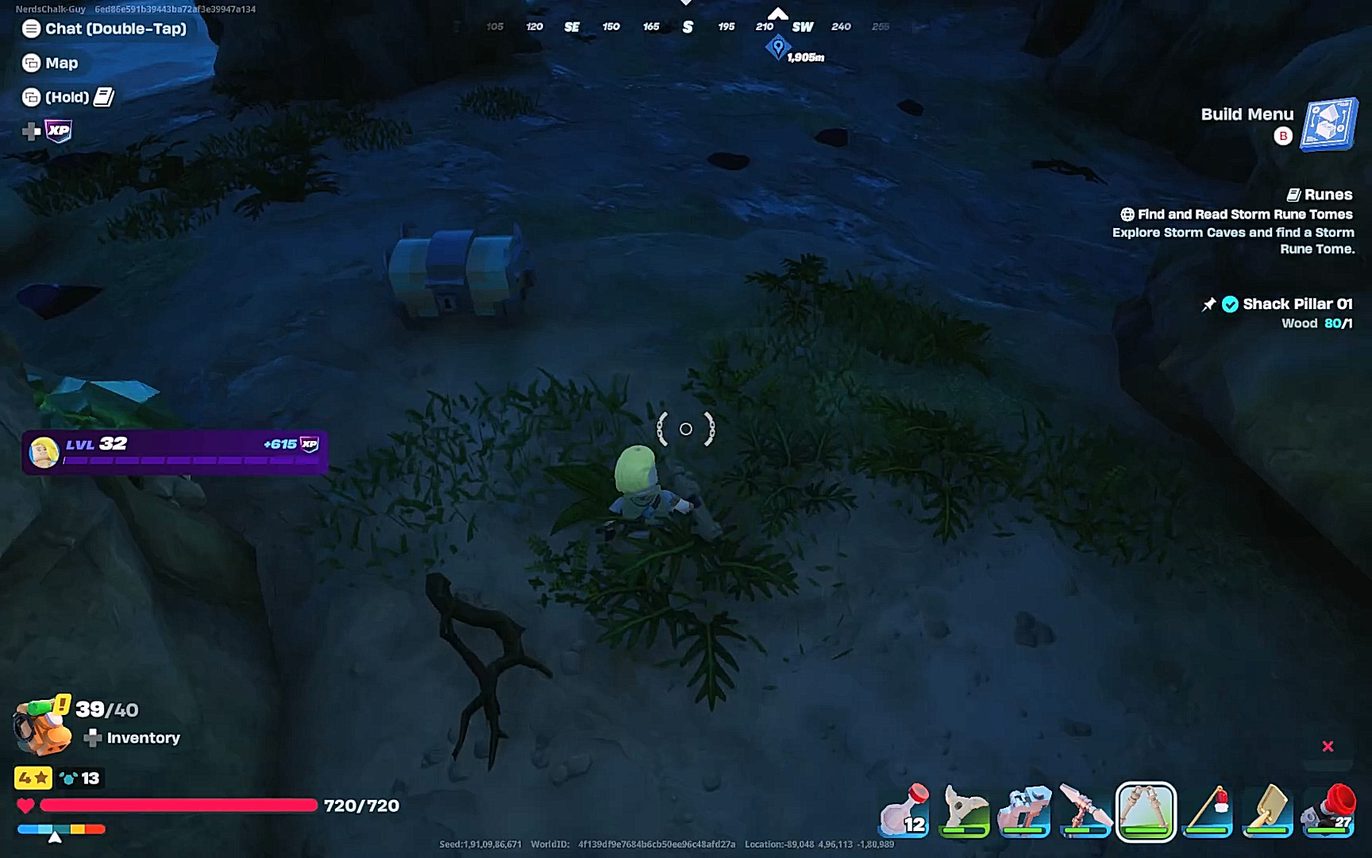
Discussion